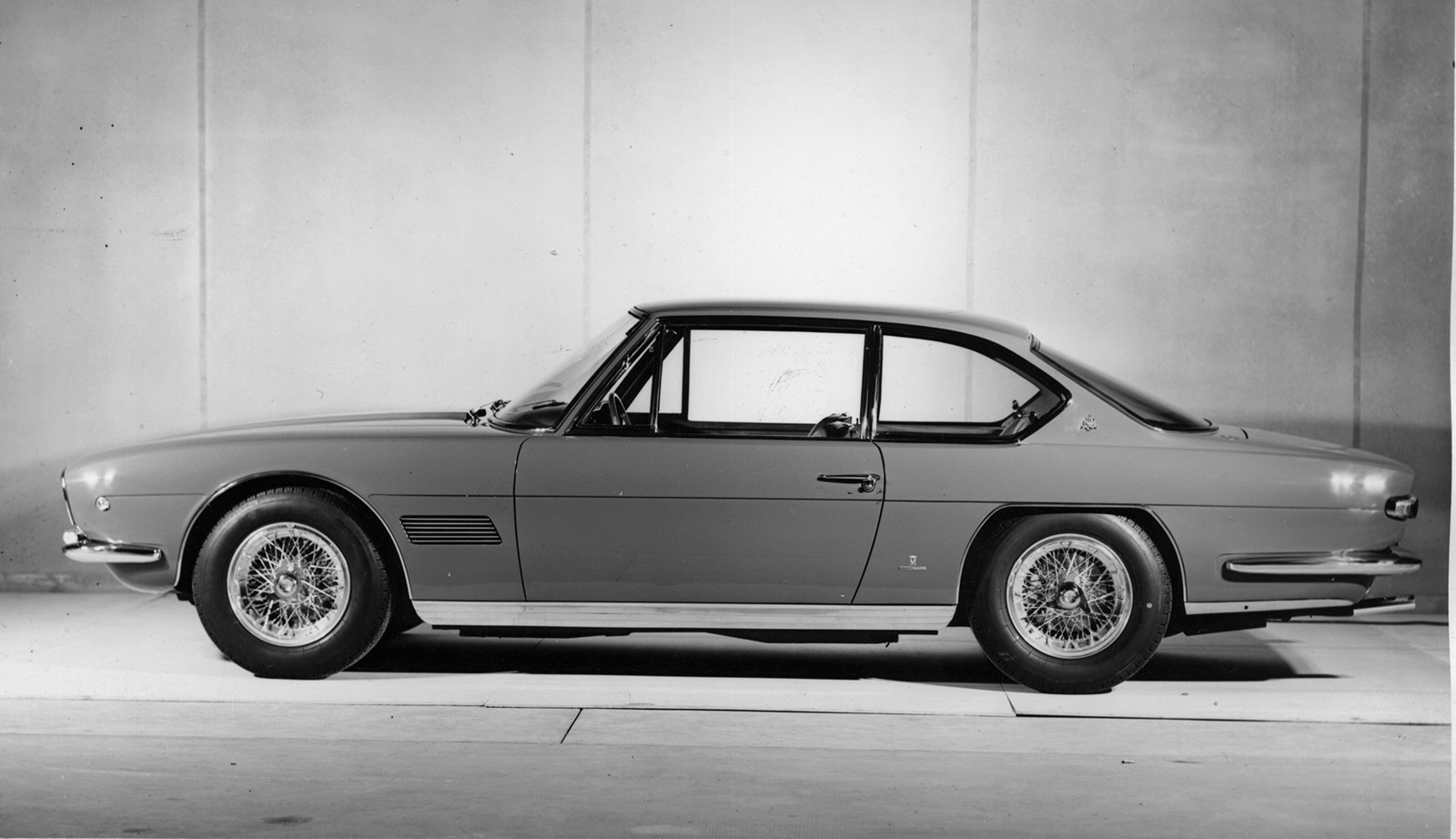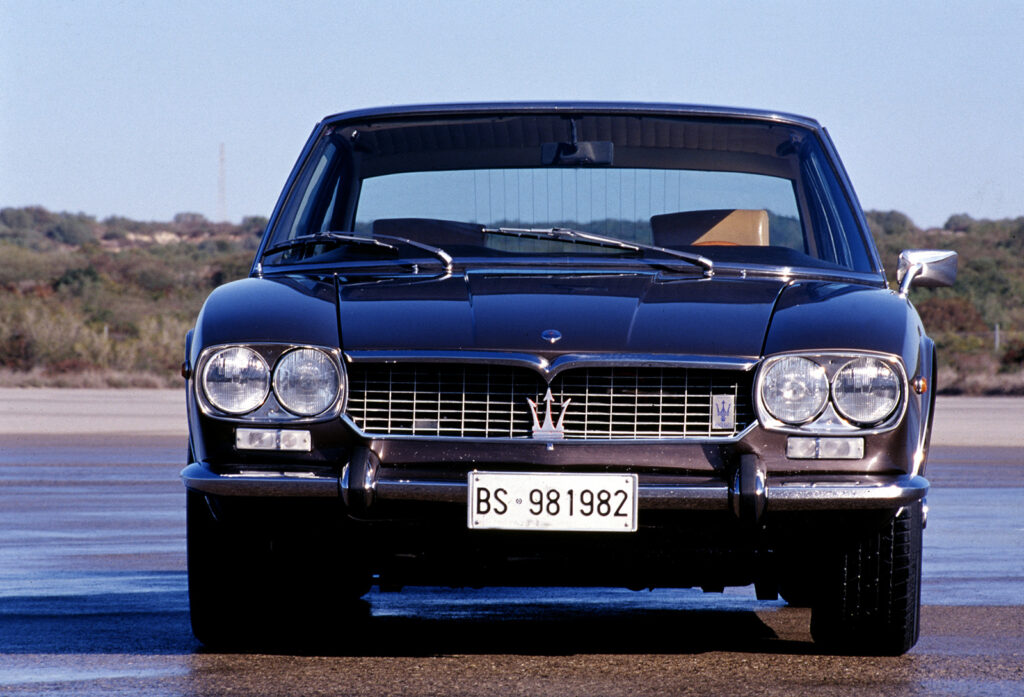Maserati Mexico, the 55th anniversary of a pure Italian style icon

Considered one of the finest Italian GT cars of all time, the Maserati Mexico made its debut at the 1966 Mondial de l’Automobile de Paris
The prototype of the Mexico, styled by Vignale, apperead on display at the Turin Salon one year before its launch in Paris. Named 5000 GT Vignale, it was based on the chassis of the of the Quattroporte II and since it was very successful they decided to put it into production. The Mexico was an exquisite car with sleek and immaculate lines: an elegant 2+2 Coupé in pure Maserati style, but with a powerful sporty heart. In fact, underneath its bonnet it concealed the road version of the racing engine derived from the 450 S. It was the third Maserati model to use this propulsion unit, after the Quattroporte and the 5000 GT.

Origin of a name. The car was named as the Central American country beacuse a major Mexican customer had purchased a 5000 GT Allemano which formerly belonged to Mexican President Adolfo López Mateos in 1961, and brought it to Modena to be repaired after an accident. While visiting the historic Viale Ciro Menotti plant, the customer was apparently so impressed by the Vignale-penned prototype that he absolutely insisted on buying it, to the point where the bodywork was transferred to the chassis of his 5000 GT. This series of coincidences is said to have led to the choice of the name “Mexico” for the future model. The idea then became stronger in 1966 after the John Surtees’s victory of the Mexico Grand Prix on a Cooper-Maserati.
In the sign of Maserati’s artisanal luxury comfort. Right from its launch, the car was equipped with a 4.2 L V8 of 260 HP and a top speed of 240 km/h and a 4.7 L V8 of 290 HP, able to propel it to a top speed of 255 km/h. The Maserati Mexico impressed with both style and equipment, which included – as standard – leather seats, electric windows, wooden dashboard, air-conditioning and servo-assisted ventilated front disc brakes. Automatic transmission, power steering and radio were available as optionals. The interior was described as “an Italian-style lounge”, expressing Italian identity and Maserati’s trademark craftsmanship.







